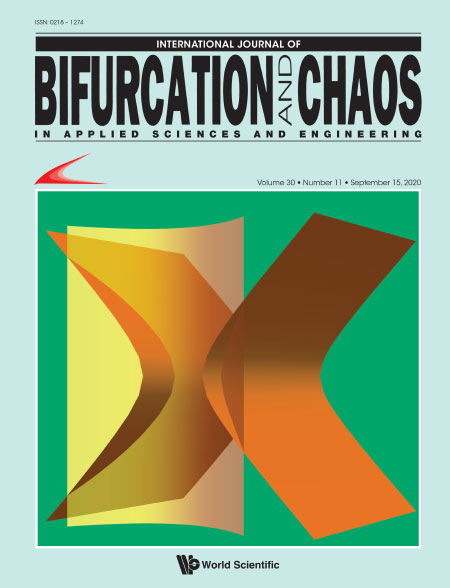KCC Analysis of a One-Dimensional System During Catastrophic Shift of the Hill Function: Douglas Tensor in the Nonequilibrium Region
Abstract
This paper considers the stability of a one-dimensional system during a catastrophic shift described by the Hill function. Because the shifting process goes through a nonequilibrium region, we applied the theory of Kosambi, Cartan, and Chern (KCC) to analyze the stability of this region based on the differential geometrical invariants of the system. Our results show that the Douglas tensor, one of the invariants in the KCC theory, affects the robustness of the trajectory during a catastrophic shift. In this analysis, the forward and backward shifts can have different Jacobi stability structures in the nonequilibrium region. Moreover, the bifurcation curve of the catastrophic shift can be interpreted geometrically, as the solution curve where the nonlinear connection and the deviation curvature become zero. KCC analysis also shows that even if the catastrophic pattern itself is similar, the stability structure in the nonequilibrium region is different in some cases, from the viewpoint of the Douglas tensor.
| Remember to check out the Most Cited Articles! |
|---|
|
Check out our Bifurcation & Chaos |


